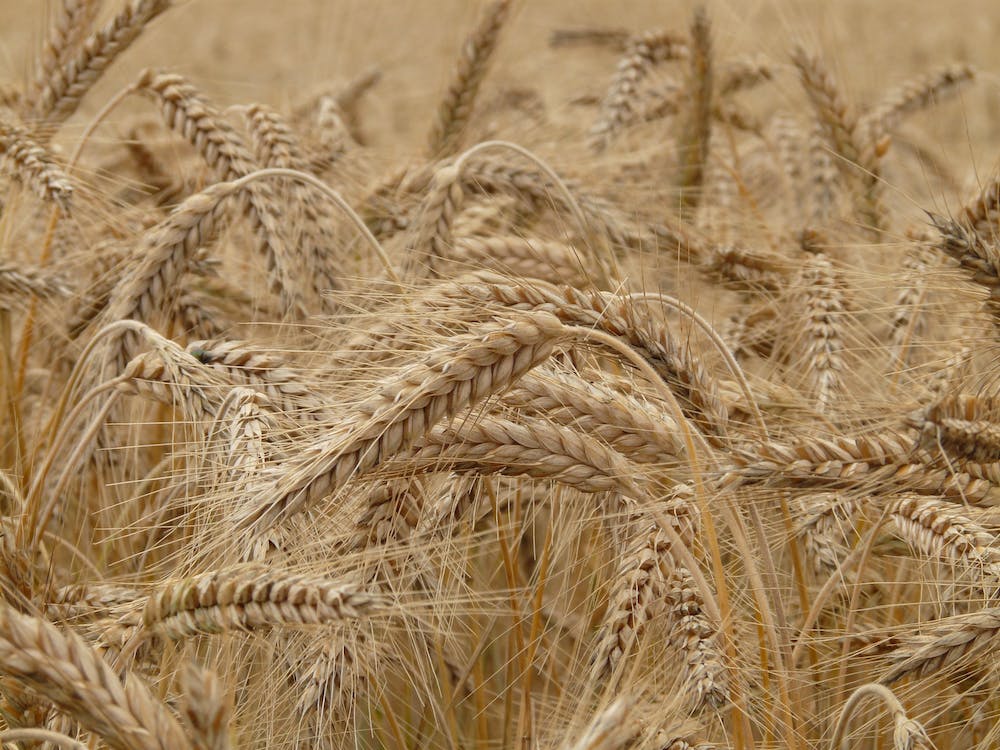Canadian farmers grow a lot of wheat. In fact, Canada is the fourth largest producer of wheat in the world. But why do Canadian farmers farmers prefer to grow wheat over corn? The answer is simple: because of climatic conditions and it’s profitable and makes good business sense for most farmers in Canada.
Many grain producers in Canada have found that growing wheat can be more profitable than corn or other grains. Let’s take a closer look at why this is the case and what this means for you as a consumer.
Why do Canadian farmers prefer to grow wheat over corn?
It’s not about “preferring” to plant one thing over the other, it’s about what does or doesn’t grow well in the area where the farm is located.
Corn grows very well in the eastern part of Canada, which is why Canada’s corn farms are located almost exclusively in Ontario and Quebec. But corn doesn’t grow so well in the western part of Canada, which is why farmers in Manitoba, Saskatchewan and Alberta farm wheat, barley, canola, and other grains that grow well in western Canada, instead of corn. (But since western Canada has a lot more farmland, and a lot more farmers, than eastern Canada does, that means the crops grown in western Canada are going to be a much larger percentage of our overall agricultural output than crops grown in eastern Canada are.)
Not all crops grow equally well everywhere. It’s not a case of “any farmer on earth can grow absolutely anything, so he makes a personal decision about what kind of crops he ‘prefers’ to plant” — different crops need different types of soil, and different temperature ranges, and different amounts of sunlight, and different lengths of time to grow. So not every crop can just be grown on absolutely any farm that exists: some crops just aren’t suitable to be grown in some areas, and so a farmer whose farm is located in that area can’t grow that crop, and has to prioritize crops that do grow well in his area. Crops that grow well in the kind of soil that his area has, crops that grow well in the climate that his area has, and on and so forth.
So farmers don’t “prefer” to plant corn instead of wheat, or vice versa — the decision is made for them by the question of whether corn or wheat grows better under the climatic and soil conditions that they actually have to work with.

Another reason
At the point when farmers pick crops, the financial matters direct the result. It is reliant upon expected yield, income per ton, input costs per section of land, dampness accessibility, gear accessibility and skill with the development and collecting prerequisites of each harvest considered.
It is a mistaken speculation to assume this is national matter. It is a lot of a sub-national one. The colder and dryer states of the American Dakotas and the Canadian grassland regions are more fit to wheat than corn. The tremendous Midwestern U.S., and many pieces of the eastern U. S. are good for corn. These spots can develop wheat too, however financial matters favor corn, for the most part because of its considerably likely better return. Corn yields in the scope of 8-10 tons for each hectare are normal. Wheat yields are ordinarily in the scope of 6-8 tons for each hectare.
In the nearby areas of Canada, explicitly the regions of Quebec and Ontario, corn is presently the ruler of the palace of money crops. Corn is in any event, making a few advances in Manitoba, which normally has preferred dampness conditions over Saskatchewan or Alberta. Remarkable hereditary advances in corn mixtures throughout the course of recent years have stretched out its conceivable reach to cooler regions than any time in recent memory.
The profitability of wheat
The price of wheat is determined by a number of factors including supply and demand. Prices are particularly sensitive to the demand for wheat imports. A large amount of wheat is grown in the United States, Russia and China. Any significant change in these countries’ yields can impact the amount of wheat available for export. This is why the price of wheat is so sensitive to climate events.
A poor growing season in a major wheat growing country can cause a major shortage. This is often referred to as a “wheat shock.” The most recent example of this was the 2012 drought in the United state. This drought caused a dramatic drop in US production and a sharp increase in the US price of wheat.
The bottom line
Corn will in general appreciate places with long developing seasons, something you don’t find in the Canadian grasslands where the developing season is exceptionally short.
Wheat, then again, has been reproduced to develop rapidly, permitting it to be established late in the spring and gathered right off the bat in the fall before the gamble of ice.